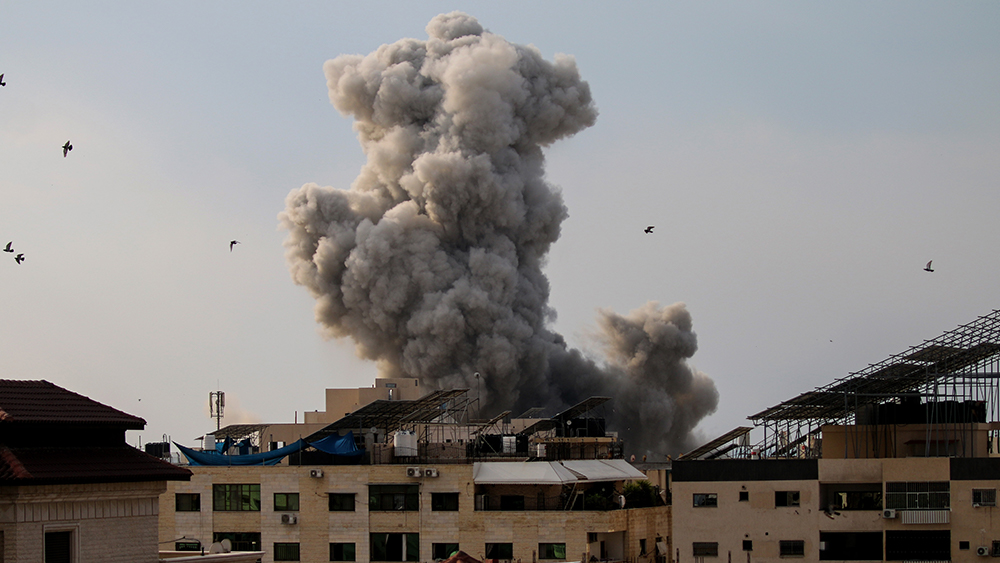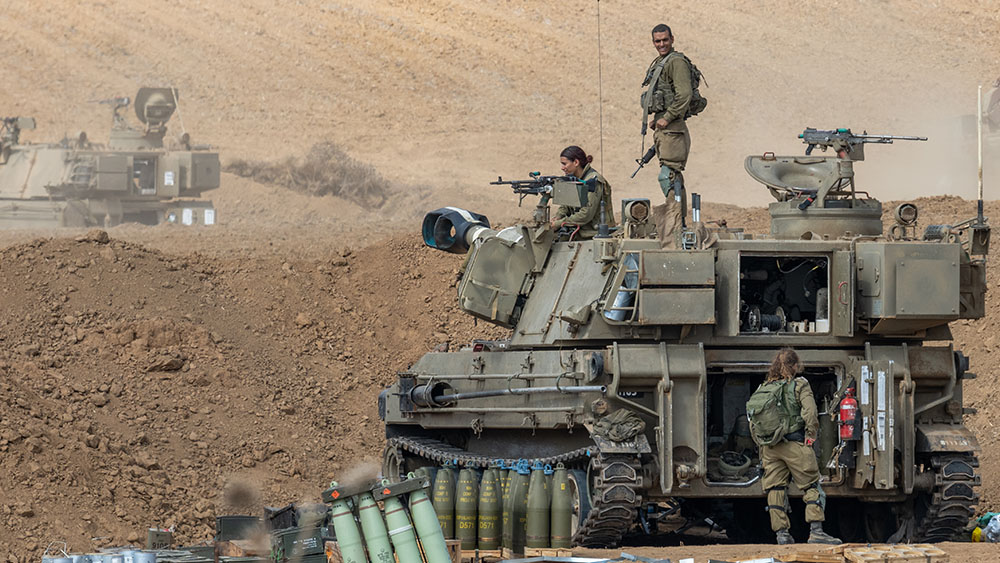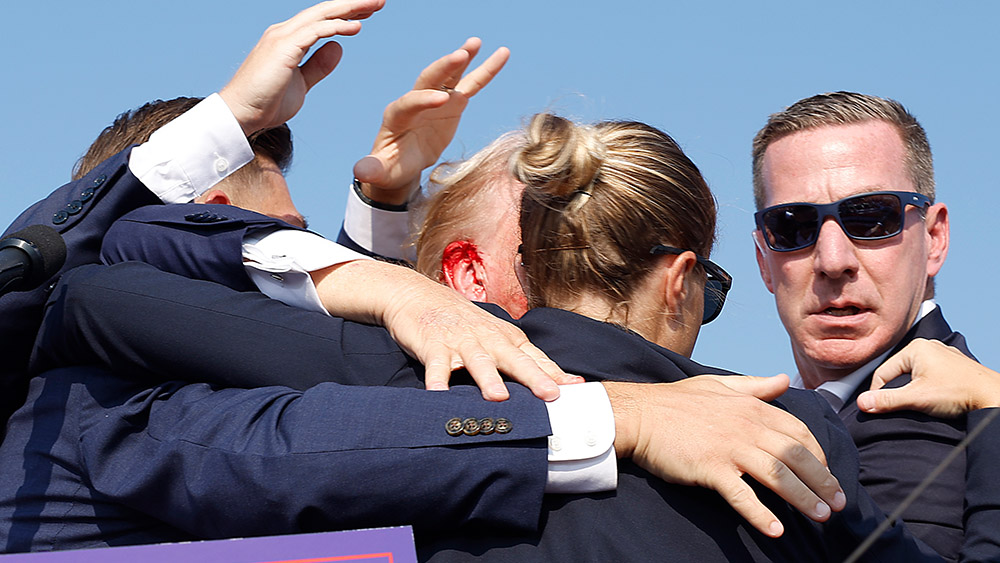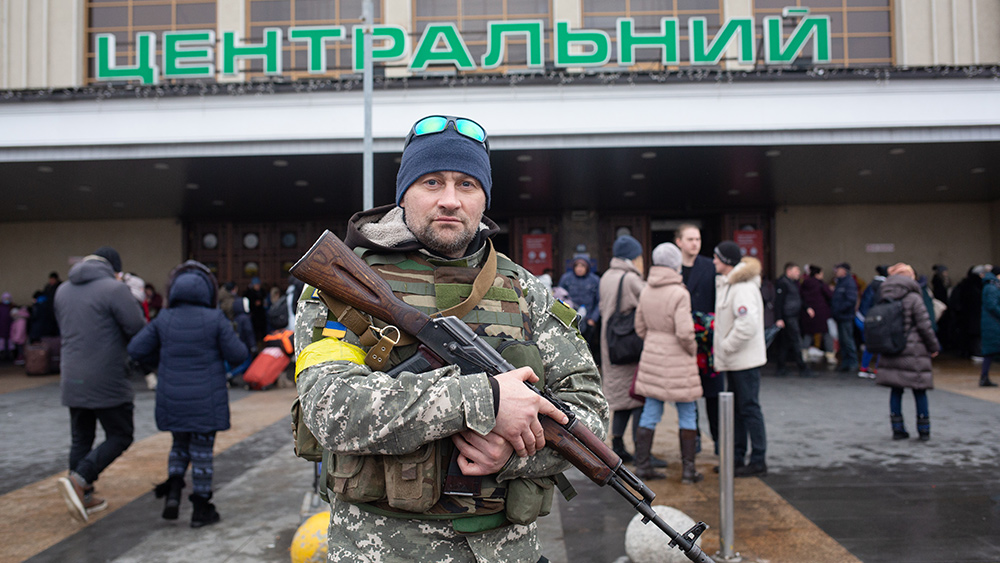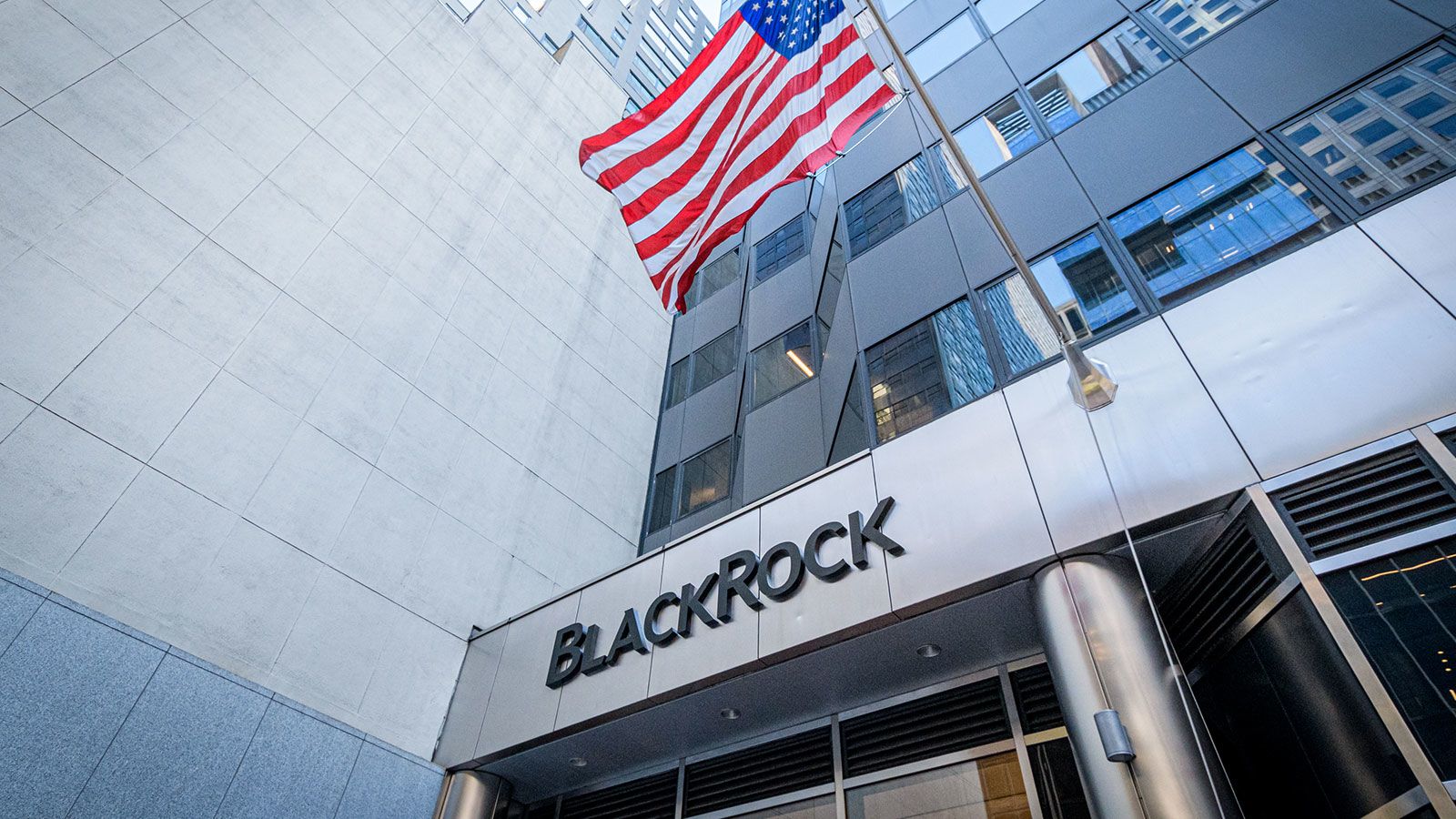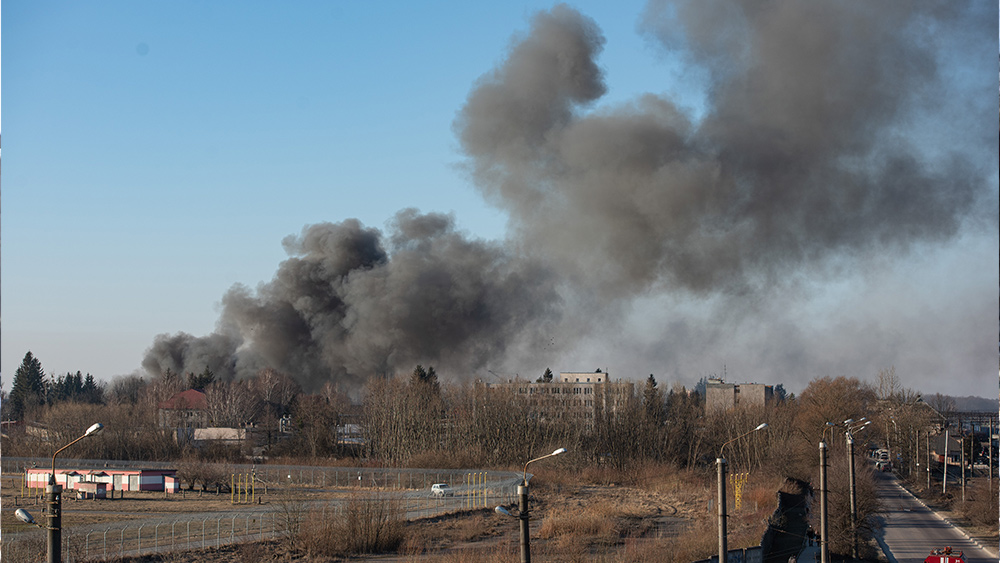Silver lining: War with Russia is making Ukraine a world leader in AUTONOMOUS DRONE technology
07/08/2024 / By Richard Brown
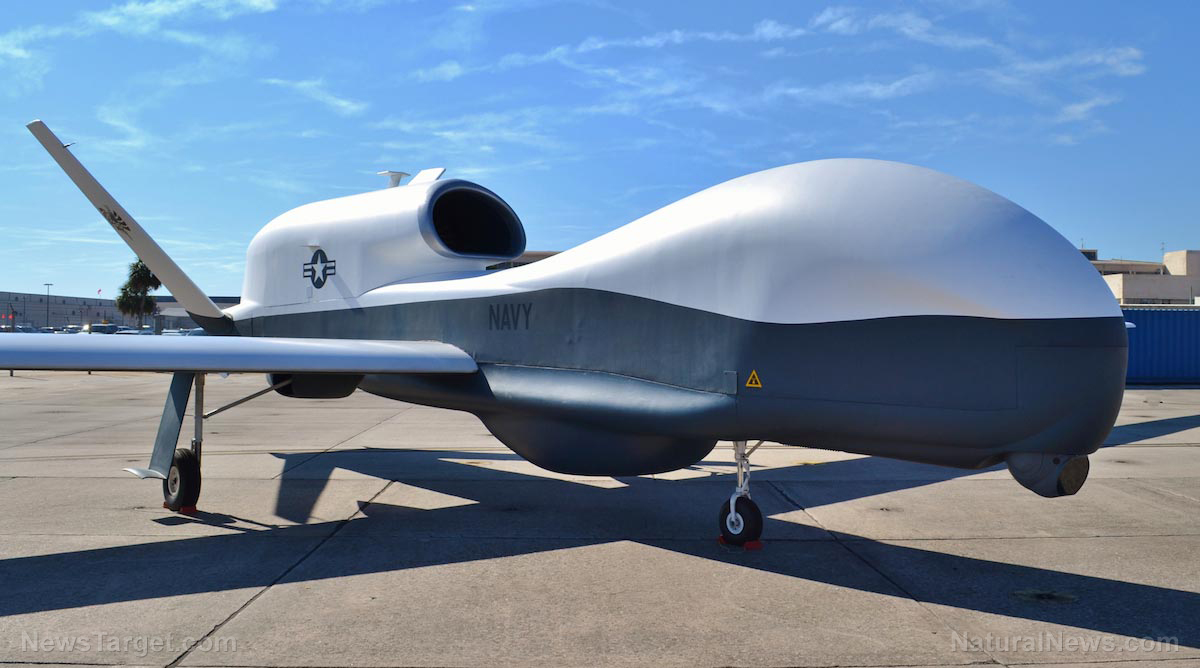
In the midst of its ongoing conflict with Russia, Ukraine has become a world leader in the development of autonomous drone technology.
Autonomous drones are unmanned aerial vehicles capable of “autonomous” flight, or flying without the need of a human pilot. These drones instead rely on artificial intelligence and other technologies to carry out their tasks with minimal human supervision. (Related: Ukraine claims to be developing “unstoppable” AI-controlled drones that can attack targets on the battlefield.)
These AI-driven drones, which can identify and pursue targets without human intervention, are being tested and deployed on the battlefield. This has sparked both hopes for military success and concerns over ethical implications.
According to a report by the New York Times, the areas around Kyiv have become a testing ground for this innovative technology.
Vyriy, a Ukrainian startup at the forefront of autonomous drone development, is spearheading this technological race. Their drones are designed to precisely lock onto and follow targets, representing a significant advancement in the weaponization of consumer technology.
Ukrainian Deputy Prime Minister and Minister of Digital Transformation Mykhailo Fedorov highlighted the importance of these innovations, stating, “We need maximum automation. These technologies are fundamental to our victory.”
The Ukrainian government is investing in companies like Vyriy to speed up production, recognizing the strategic edge these systems could provide against Russian forces.
This effort extends beyond Vyriy as other companies, such as Saker, are adapting AI technologies originally developed for non-military purposes, such as fruit sorting, to create advanced targeting systems.
Saker’s CEO – who remains anonymous due to fear of retaliation by Russia – emphasized the durability and accuracy of their technology: “It resists wind. It resists jamming. You just have to be precise with what you’re going to hit.”
Autonomous drones could be exploited by terrorists
Two significant features of Ukraine’s advancements in autonomous drones is their cost-effectiveness and accessibility.
Many of these autonomous weapons are built using commercially available components and open-source software. However, this accessibility raises concerns about the potential for misuse, including fears that such technology could be exploited for terrorist activities.
On the global stage, the ethical implications of autonomous weapons are a major concern.
Stuart Russell, an AI scientist at the University of California, Berkeley, has cautioned about the risks of widespread availability of these weapons, suggesting they could lead to a new form of mass destruction that is both inexpensive and scalable.
Human rights groups and United Nations officials are advocating for regulations on autonomous weapons to prevent an uncontrollable global arms race.
For Ukrainian forces, however, ethical considerations are secondary to the urgent need for survival and success in the conflict.
Innovations extend beyond aerial drones; companies like DevDroid are developing autonomous gun turrets capable of tracking and engaging targets from a distance.
Yurii Klontsak, a 23-year-old reservist, underscored the importance of these technologies: “I understood this was the only way, if not to win this war, then to at least hold our positions.”
The rapid advancements in this field have attracted international attention and investment.
Eric Schmidt, former CEO of Google, has founded a firm named D3 to invest in battlefield technologies emerging from Ukraine. This influx of capital and expertise is accelerating innovation, enabling Ukrainian companies to progress faster than many of their global counterparts.
Although current autonomous weapon systems still require human intervention for firing decisions, the technology is advancing quickly. Companies like Swarmer are developing systems that allow a single operator to control multiple drones simultaneously for bombing and reconnaissance missions.
Swarmer’s founder, Serhii Kupriienko, envisions a future where drone pilots can manage “five or 10 drones at the same time.”
As Ukraine continues to advance in autonomous warfare technology, the world watches with a mix of admiration and concern.
These developments not only promise to alter the dynamics of the current conflict but also raise profound questions about the future of warfare and the ethical use of AI in combat.
Watch this episode of the “Health Ranger Report” as Mike Adams, the Health Ranger, interviews Zach Vorhies on the rise of AI and its use in the development of drone technology.
This video is from the Health Ranger Report channel on Brighteon.com.
More related stories:
Military analyst: Zelensky established drone unit in Ukrainian Armed Forces to SWINDLE MORE MONEY.
Russia unveils new ANTI-DRONE ROBOT named “Wall-E.”
Ukrainian DRONE SWARMS target four Russian oil refineries in largest drone attack yet.
Ukraine unleashes KAMIKAZE drone boats against Russian ships in the Black Sea.
U.S. military and contractors are exploiting Ukraine conflict to test AI-powered military technology.
Sources include:
Submit a correction >>
Tagged Under:
AI, artificial intelligence, autonomous drones, drone technology, drones, future tech, military, military technology, robotics, robots, Russia, Russia-Ukraine war, Ukraine, weapons technology
This article may contain statements that reflect the opinion of the author
RECENT NEWS & ARTICLES
COPYRIGHT © 2017 VIOLENCE NEWS



